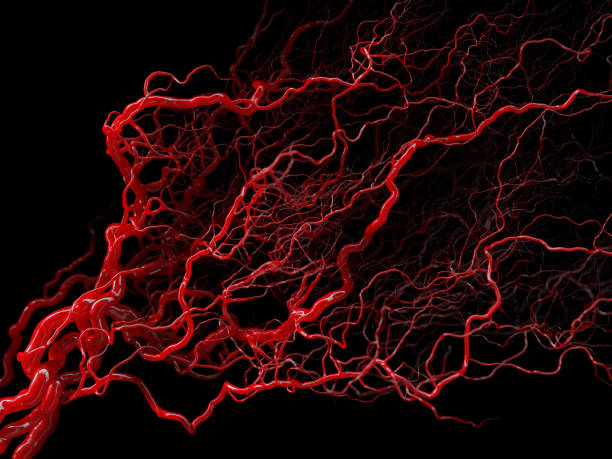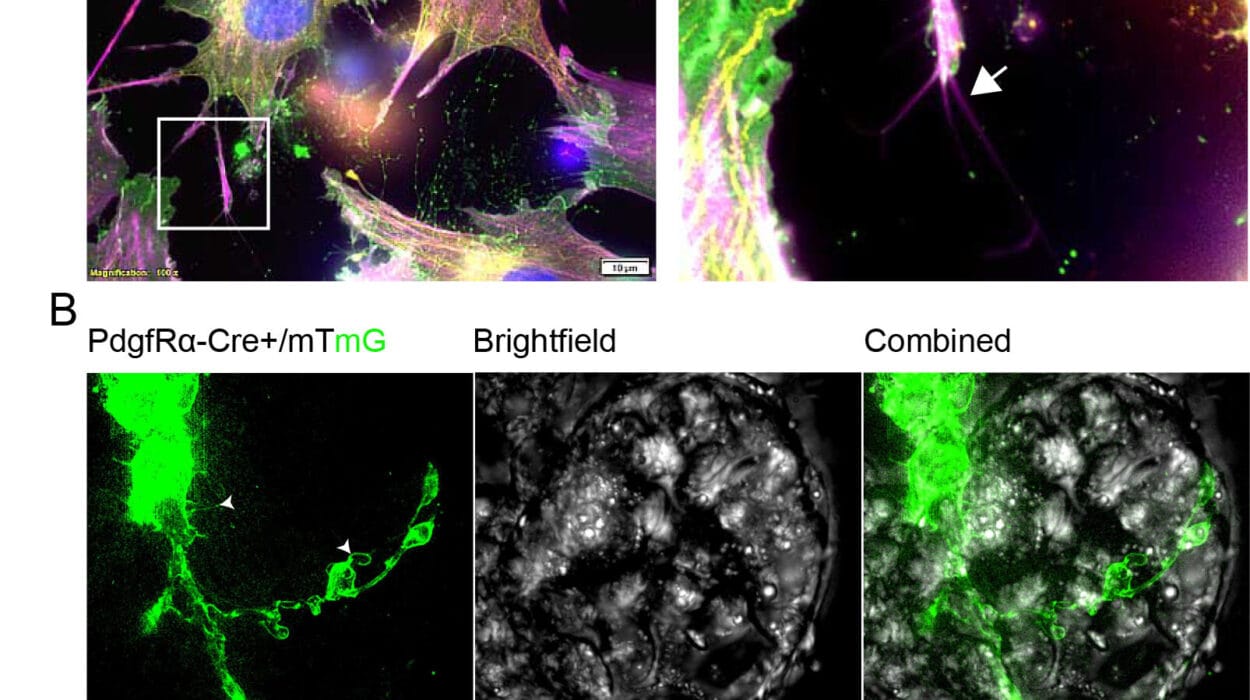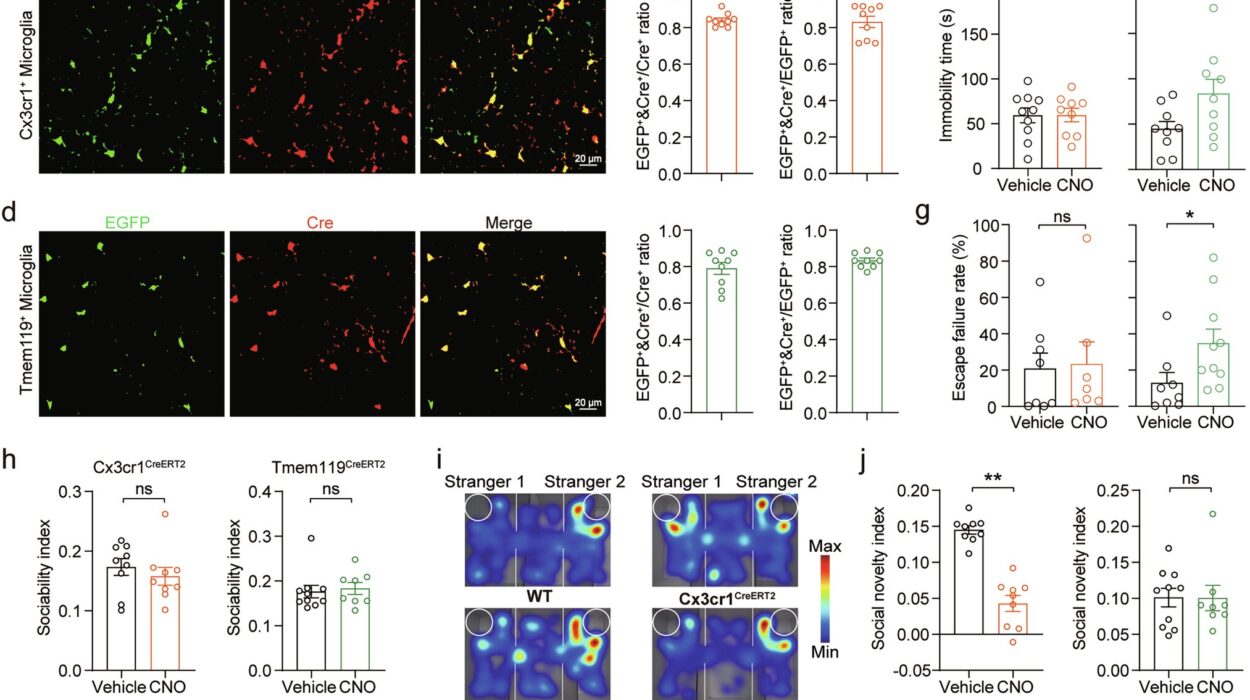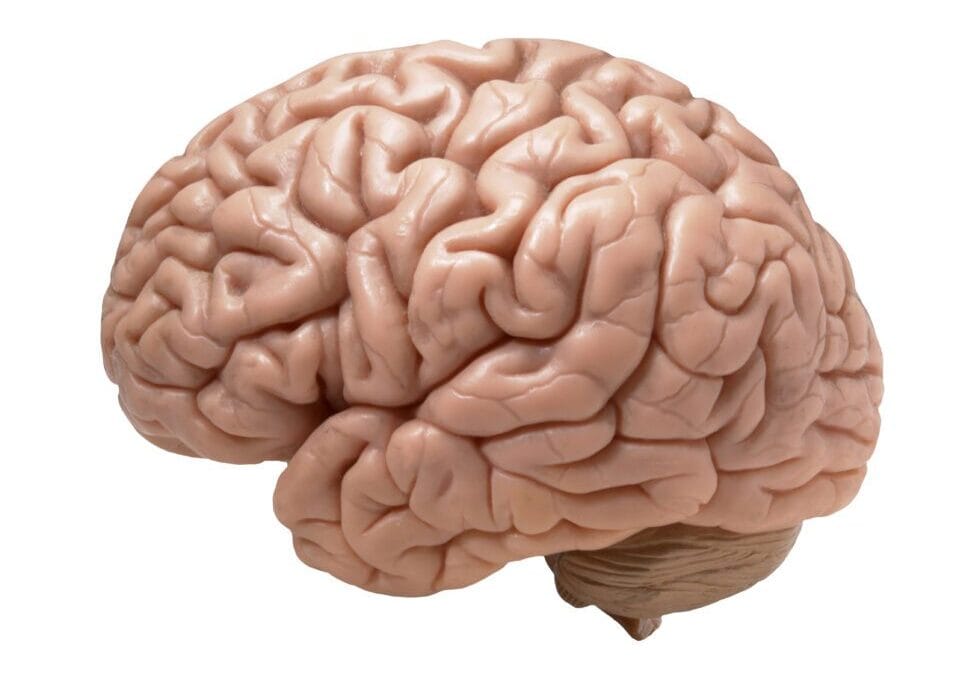Deep within our bodies flows a silent, ceaseless current of life: blood. It journeys through a 60,000-mile network of vessels, reaching every corner of our physical being. From the brain that dreams to the feet that dance, every part of us depends on good blood circulation. It’s how oxygen reaches our cells, how nutrients are delivered, how waste is removed, and how the immune system stays on alert. Without healthy circulation, we’re like a city with crumbling roads and gridlocked traffic.
Why Circulation Matters More Than You Think
Poor circulation can manifest as cold hands and feet, fatigue, varicose veins, numbness, or even life-threatening issues like blood clots and heart disease. But here’s the good news: you don’t need fancy treatments or invasive procedures to improve your blood flow. Nature offers a vast toolbox of solutions—rooted in movement, nutrition, habit, and lifestyle. By tuning into your body and respecting its design, you can naturally enhance circulation and support a longer, healthier life.
Imagine your bloodstream as a superhighway. Your heart is the pump station, the arteries are the expressways, the veins are the return routes, and the blood is the vehicle that carries everything essential—oxygen, hormones, immune cells, nutrients, and more.
When circulation is sluggish, delivery slows. Your brain might feel foggy. Your fingers may tingle. Your skin may look dull. Wounds may heal more slowly, and your energy might drop. That’s because every organ and tissue depends on the reliable flow of blood.
Healthy blood flow also regulates body temperature, balances pH, fights infections, and assists in detoxification. Poor circulation, on the other hand, is linked to diabetes, kidney issues, high blood pressure, and erectile dysfunction. Improving circulation is not just about comfort—it’s about vitality, longevity, and prevention.
The Role of the Heart and Blood Vessels
At the center of it all is the heart—a muscular organ that beats around 100,000 times a day. It pumps about 2,000 gallons of blood daily, sending life-giving fluid to every cell. But it doesn’t work alone. The vascular system, comprising arteries, veins, and capillaries, is a dynamic network that adapts constantly to pressure, temperature, activity, and more.
Arteries carry oxygen-rich blood away from the heart. Veins return oxygen-depleted blood back. Tiny capillaries connect the two, facilitating the exchange of gases, nutrients, and waste. When these vessels are clear, flexible, and strong, circulation is optimal. But when they become stiff, blocked, or weakened, problems arise.
Thankfully, nature has equipped us with ways to support this system—from the food we eat to the way we move. Let’s explore the most effective, natural ways to boost your circulation and get your blood flowing like a well-tuned river.
Movement: The Miracle of Muscle
Nothing gets the blood pumping like movement. The body is designed for motion, and inactivity is one of the greatest enemies of circulation. When you move your muscles, they contract and squeeze nearby veins, helping to push blood back toward the heart. This is especially crucial in the lower body, where gravity works against circulation.
Even a brisk walk can make a difference. Walking engages the calves, which act like secondary hearts, pushing blood upward. Stretching, yoga, cycling, swimming, and dancing also support circulation. The key is consistency. It’s not about running marathons—it’s about avoiding stagnation.
Sitting for hours, especially with legs crossed or in tight clothing, compresses blood vessels and slows return flow. If you work at a desk, take short breaks to stand, stretch, or walk. Use a standing desk if possible. When watching TV, do ankle rolls or squeeze your thighs. These micro-movements add up.
Breathe Deeply, Circulate Freely
Breathing is often overlooked, yet it plays a powerful role in circulation. Deep, diaphragmatic breathing oxygenates the blood and enhances its flow. Shallow chest breathing—common when we’re stressed or sedentary—limits oxygen intake and circulation.
Try this: Inhale slowly through your nose for four counts, expanding your belly. Hold for four. Exhale gently through your mouth for six. Repeat for a few minutes. You may feel calmer and more energized. That’s the power of oxygen-rich blood reaching your brain and tissues.
Yoga and meditation, which emphasize mindful breathing, are excellent for promoting circulation. They also reduce stress—a silent saboteur of vascular health.
Eat to Feed Your Vessels
Food is more than fuel—it’s medicine. What you eat directly affects the health of your blood vessels and heart. Some foods dilate vessels, reduce inflammation, and improve flow. Others clog arteries, stiffen vessel walls, and thicken the blood.
Fruits and vegetables, rich in antioxidants and phytonutrients, protect vessels from oxidative damage. Berries, citrus fruits, leafy greens, and beets are particularly potent. Beets, for example, are high in nitrates, which convert to nitric oxide—a compound that relaxes blood vessels and improves flow.
Healthy fats are essential too. Omega-3 fatty acids, found in fatty fish (like salmon), flaxseeds, and walnuts, reduce blood viscosity and lower triglycerides. They also support heart rhythm and arterial flexibility.
Garlic is a circulation superstar. It thins the blood slightly, reduces blood pressure, and helps prevent plaque buildup. Ginger, turmeric, cayenne pepper, and cinnamon also stimulate blood flow and reduce inflammation.
On the other hand, limit processed foods, excess salt, trans fats, and refined sugars. These contribute to arterial plaque, high blood pressure, and systemic inflammation—all enemies of circulation.
Hydration: The Flow Factor
Water makes up a large percentage of your blood. When you’re dehydrated, your blood becomes thicker and harder to pump, which slows circulation. Think of water as oil for your biological engine.
Aim to drink water regularly throughout the day—not just when you’re thirsty. Herbal teas, fresh fruits, and broths also contribute to hydration. Be cautious with excessive caffeine and alcohol, which can dehydrate and constrict vessels.
A simple check: If your urine is pale yellow, you’re likely well-hydrated. If it’s dark, drink more fluids. And remember—good hydration improves skin tone, digestion, and brain function too.
Nature’s Helpers: Herbs and Supplements
While food should be your primary source of nutrients, certain herbs and supplements can further support circulation. Always consult a healthcare provider before starting any new regimen, especially if you’re on medication.
Ginkgo biloba is one of the most researched herbs for circulation, especially cerebral blood flow. It may improve memory, focus, and reduce cold extremities.
Horse chestnut seed extract is popular for varicose veins and leg swelling. It supports vein tone and lymphatic drainage.
L-arginine is an amino acid that boosts nitric oxide levels, promoting vessel dilation and blood flow. It’s found in nuts, seeds, and legumes.
Magnesium relaxes blood vessels, reduces blood pressure, and supports over 300 enzymatic reactions in the body—including those related to circulation.
Remember, supplements are most effective when paired with lifestyle changes, not as a substitute for them.
The Temperature Tactic: Contrast Therapy
One ancient yet effective method for stimulating blood flow is contrast therapy—alternating between hot and cold exposure. Heat dilates vessels, increasing flow. Cold constricts them, pushing blood inward. When alternated, this creates a natural “pump” effect.
A simple way to do this is during a shower. Finish with 30 seconds of cold water after a hot rinse. Or soak your feet alternately in warm and cold water. This can invigorate the system and reduce swelling or fatigue.
Saunas and steam baths also promote circulation by heating the body and inducing sweat. Just be sure to stay hydrated and avoid overheating.
Massage and Touch: The Power of Human Hands
Massage is not just relaxing—it’s therapeutic. It manually stimulates blood flow, especially in stagnant areas. It can reduce swelling, relax tight muscles that may be restricting flow, and support lymphatic drainage.
Even self-massage works. Rubbing your feet, legs, or arms in upward strokes toward the heart can help improve circulation. Dry brushing—using a firm-bristled brush on dry skin—also stimulates blood and lymph flow.
Touch has another benefit: it lowers stress hormones like cortisol, which constrict vessels. Loving, mindful touch—whether from a professional or a partner—can be profoundly healing.
Sleep: The Nighttime Repair Cycle
While you sleep, your body goes into repair mode. This includes your vascular system. Blood pressure drops slightly, the heart gets a rest, and tissue healing accelerates.
Poor sleep or irregular sleep patterns disrupt this cycle. They elevate stress hormones, increase inflammation, and impair circulation. Aim for 7–9 hours of quality sleep in a dark, quiet, cool room. Consistent sleep patterns also help regulate blood pressure and heart health.
If you struggle with sleep, consider calming rituals like herbal teas, gentle stretches, or magnesium supplements. Avoid screens before bed, and keep your room free of distractions.
Posture and Pressure: Aligning for Flow
How you sit, stand, and sleep affects circulation more than you might think. Crossing your legs, slouching, or wearing tight clothing can compress vessels and reduce flow.
When sitting, keep both feet flat, avoid staying in one position too long, and support your lower back. Standing desks can help if used with balance.
During sleep, elevating your legs slightly with a pillow can support venous return from the lower body. Compression socks may also help people with varicose veins or poor leg circulation, especially during long flights or sitting periods.
Your Mind and Your Vessels: The Stress Connection
Stress is like an invisible toxin that affects every cell. When you’re stressed, your body releases adrenaline and cortisol, which constrict blood vessels and increase heart rate. Chronic stress can lead to hypertension, inflammation, and poor circulation.
Mind-body practices like meditation, deep breathing, tai chi, and journaling can reduce stress and improve flow. So can laughter, social connection, nature walks, and doing things you love. A calm mind supports an open, flowing body.
A Lifestyle, Not a Shortcut
Improving circulation naturally isn’t about quick fixes. It’s a way of living—aligned with nature, rooted in awareness, and nurtured through habit. It’s not about perfect diets or grueling workouts. It’s about understanding your body’s needs and responding with care, movement, nourishment, and rest.
Start where you are. Take a walk. Drink more water. Eat a beet salad. Breathe deeply. Massage your feet. Sleep well. These simple acts, done consistently, will do more than just move your blood—they’ll move you toward a life of vitality and balance.






